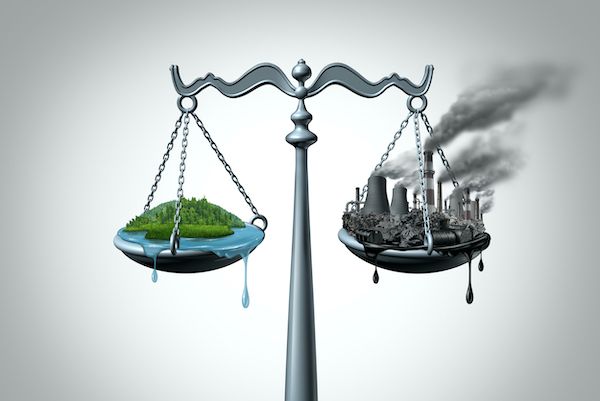
The principal actors operating in the system of Carbon Credits are:
1) Companies that want to offset their emissions by buying credits, or reducing emissions in order to create credits. After credits are obtained/created, they can be sold and traded according to demand.
2) The intermediaries who find the credits and place them on the market, usually with online platforms. These are sellers that set the value based on the source such as a forest project or surplus corporate credits. They then offer verified certificates to those that want to offset their carbon use.
3) Developers of credit generation projects. These are sellers that calculate the value of each ton of carbon by the cost of the project. The Clean Development Mechanism, established under the Kyoto Climate Accord provides a method to certify these values. After that, the credits are sold at the set price by the project sponsors directly or through international exchanges.
4) Territories, agroforestry resources, and populations in the REDD + case set. This is the UN sponsored “Reducing Emissions from Deforestation and Degradation in Developing countries” program. This is a type of sequestration credit created from land use that captures carbon. These credits are then certified and sold like the other methods.
5) Other outfits such as lenders and credit certification systems. These are also a type of intermediary, but instead of directly selling credits, they use them for loan/credit valuation. These institutions make loans to Carbon Credit holders using them as a leveraged asset.